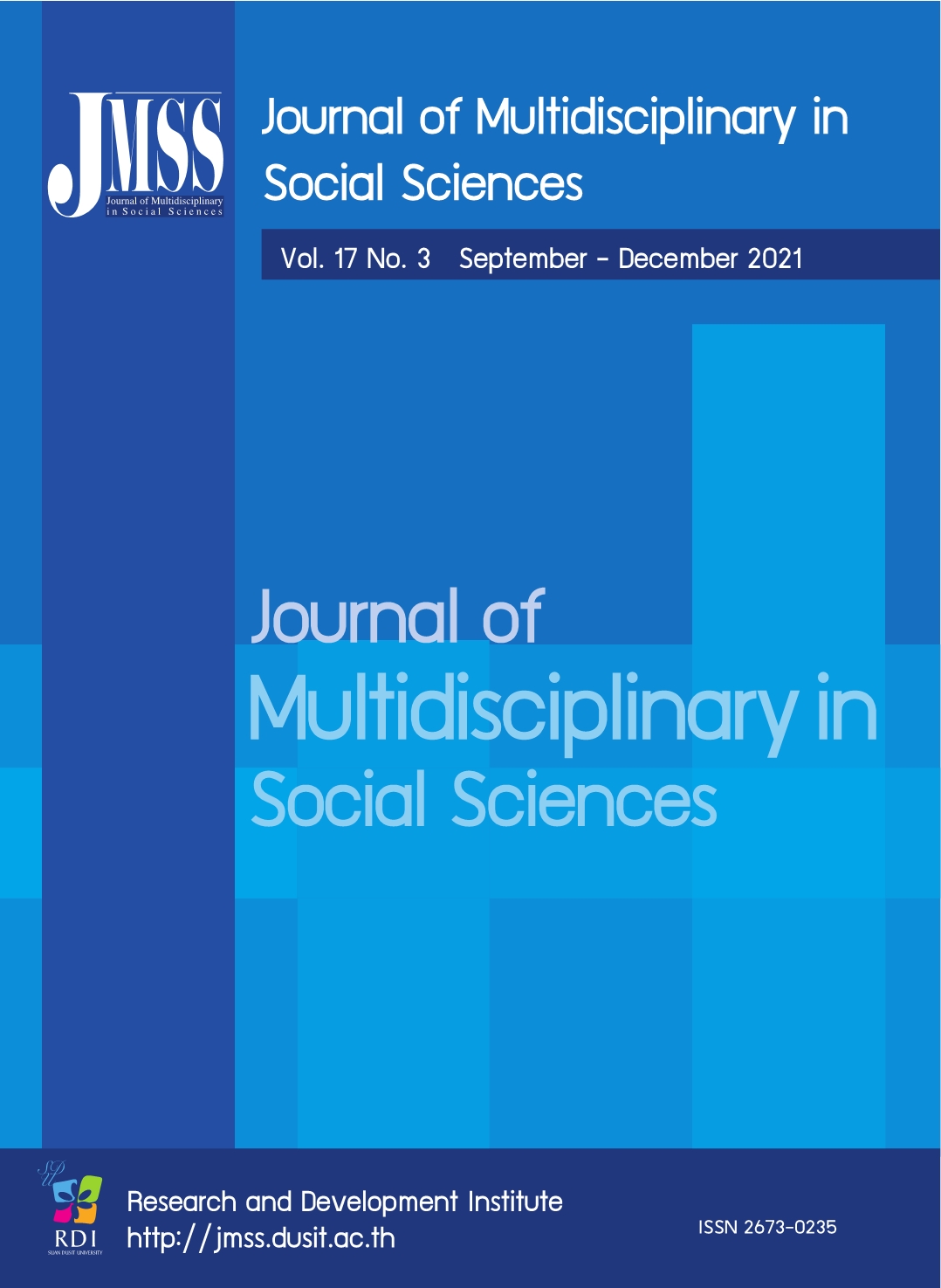STEM Education for Developing Undergraduates’ 21st Century Skills
Keywords:
STEM education, Mathematics, UndergraduateAbstract
STEM education is a learning approach that integrates science, technology, engineering, and mathematics with a focus on students’ application of knowledge and technology for solving problem. Engineering design process is included in STEM education with a purpose that students can develop innovation during their collaborative work. STEM education helps students develop skills in critical thinking, communicating, creative thinking, and teamworking. These skills are relevant to those necessary for living in the 21st century. Currently, STEM education is implemented in kindergarten, primary, and secondary levels. In addition, vocational and undergraduate levels start implementing STEM education with a purpose to develop students’ knowledge, skills, and abilities. Teacher plays an important role to transfer knowledge and encourage students to learn. Also, teacher has to motivate students to apply knowledge to solve real-life problems which will be effective for their future career.
References
Chevron Thailand Exploration and Production. (2016). Enjoy Science Careers Project: Fun with Science Careers. Retrieved April 22, 2018, from http://www.chevronthailand.com/social/EnjoyScienceCareer.asp
Chulawattanatol, M. (2013). STEM Education Thailand and STEM Ambassadors. Retrieved May 14, 2018, from www.physics.ipst.ac.th/wp-content/uploads/sites/2/2014/11/STEMEdu_IPSTMag185.pdf
Digital Age. (2017). 10 STEM careers in 4.0 era. Retrieved May 12, 2018, from https://www.digitalagemag.com/stem-careers/
Education for Life (2014). What Is STEM? How Important Is It?. Retrieved April 25, 2018, from http://www.northamericastudy.com/what-is-stem-in-education-system/
Education Week Teacher. (2014). Six Characteristics of a Great STEM Lesson. Retrieved April 20, 2018, from https://www.edweek.org/tm/articles/2014/06/17/ctq_jolly_stem.html
Faculty of Learning Science and Education, Thammasart University. (2014). Master’s Program in Education, STEM and Digital Education. Retrieved October 1, 2019, from https://lsed.tu.ac.th/stem
Kotawong, S. (2016). Promoting of Teamworking Skills by Learning Activities Based on STEM Education and Collaborative Learning of Grade 10 Students in Chumpaesuksa School. (master’s thesis). Maha Sarakham: Rajabhat Maha Sarakham University.
Office of Higher Education. (2015). Qualifications Framework for Higher Education. Retrived October 1, 2019, from http://www.mua.go.th/users/tqf-hed/
Siripattrachai, P. (2013). STEM Education and Skills Development in the 21st Century. Retrieved April 25, 2018, from www.bu.ac.th/knowledgecenter/executive_journal/april_june_13.pdf
Stem Education Thailand. (2014). Stem Education and Engineering Design. Retrieved April 23, 2018, from http://stemedthailand.org
The Institute for the Promotion of Teaching Science and Technology. (2014). Know STEM. Retrieved April 20, 2018, from http://www.stemedthailand.org/?page_id=23
The National Legislative Assembly. (2015). Report of Policy Recommendation on STEM Education: Proactive Policy for Developing Youth and Workforce in Science, Technology, Engineering, and Mathematics. Retrieved April 25, 2018, from www.senate.go.th
U.S. Department of Education. (2018). Science, Technology, Engineering and Math: Education for Global Leadership. Retrieved April 18, 2018, from https://www.ed.gov/stem
Downloads
Published
How to Cite
Issue
Section
License

This work is licensed under a Creative Commons Attribution-NonCommercial-NoDerivatives 4.0 International License.








